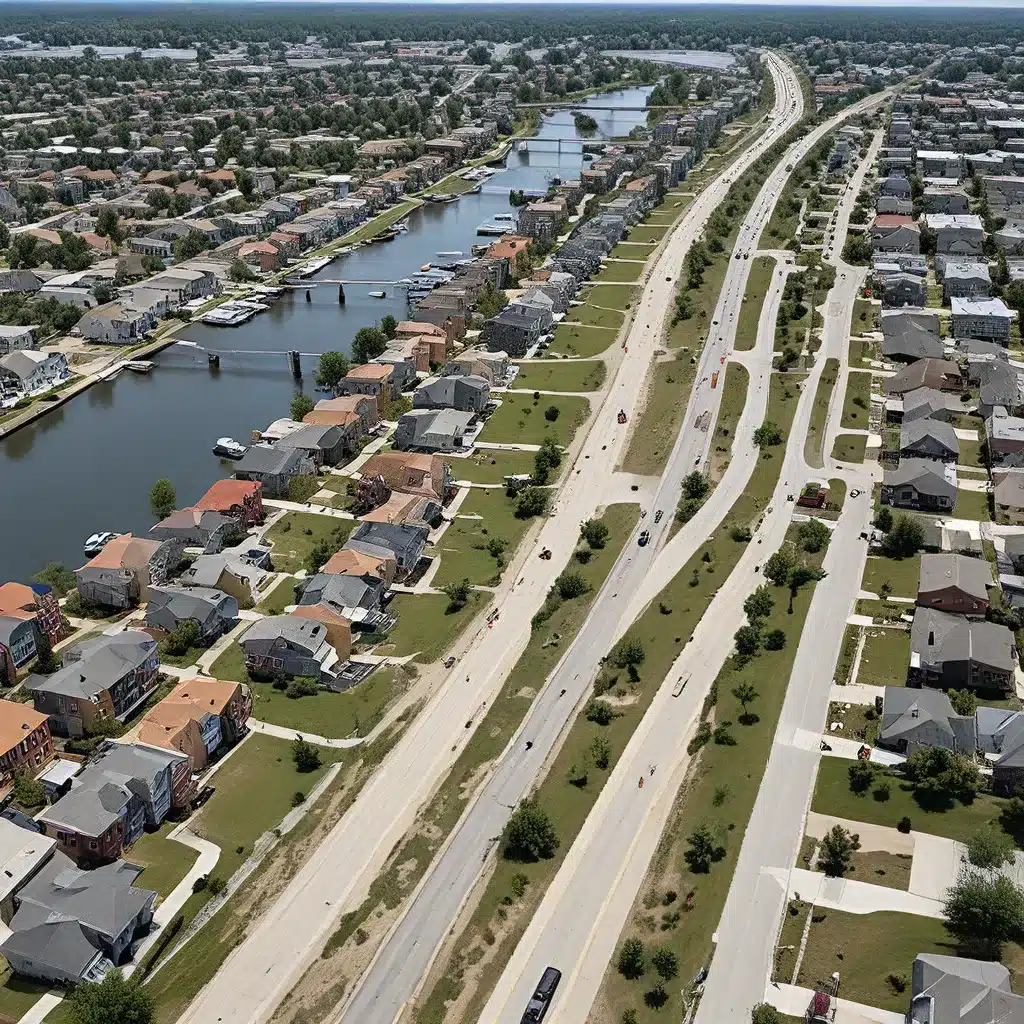
The Housing Shortage That’s Leaving Families Out in the Cold
Ah, Bridge City – the very picture of a thriving, modern metropolis. Shimmering skyscrapers, bustling streets, and a palpable energy that draws people from all walks of life. But peek beneath the surface, and you’ll uncover a sobering reality: the affordable housing crisis that’s gripping our community.
It’s a problem that’s been years in the making, stemming from a mismatch between housing supply and demand that has constrained the market for far too long. According to Moody’s Analytics, the nationwide shortfall in housing exceeds 15 million homes. And here in Bridge City, the situation is equally dire. Families are being priced out of their own neighborhoods, leaving them scrambling to find a roof over their heads.
The Ripple Effects of the Housing Shortage
The housing crisis isn’t just a problem for those directly impacted – it has far-reaching consequences that touch every aspect of our community. As the White House has noted, rising housing costs have “burdened families of all incomes” and “limited economic growth” by making it harder for workers to access job opportunities.
It’s a vicious cycle that perpetuates inequality and stifles social mobility. Imagine a young family, eager to put down roots and build a better life. But when they look at the exorbitant prices of homes in Bridge City, their dreams of homeownership slip further and further away. Instead, they’re forced to divert an ever-increasing share of their budget to rent, leaving little left over for other essentials like healthcare, education, and savings.
And the effects ripple outward, impacting our local businesses, infrastructure, and even the environment. With fewer people able to afford to live in the heart of the city, we’re seeing a sprawl of new development on the outskirts – a pattern that contributes to longer commute times, higher transportation emissions, and a strain on already-stretched public resources.
A Multifaceted Approach to Tackle the Crisis
Clearly, this is a complex issue that demands a comprehensive solution. Thankfully, the Biden-Harris administration has stepped up with a bold, Housing Supply Action Plan that aims to close the housing supply gap in the next five years. And here in Bridge City, we’re determined to do our part.
First and foremost, we’re tackling the regulatory barriers that have historically constrained housing development. As the White House has outlined, exclusionary zoning and land-use policies have artificially inflated prices and perpetuated patterns of segregation. By partnering with state and local leaders to streamline the approval process and incentivize more flexible, density-friendly zoning, we can unlock the potential for new housing construction.
But regulatory reform is only one piece of the puzzle. We also need to invest in innovative financing solutions that make it easier for developers, both large and small, to bring affordable housing projects to life. The administration’s plan calls for new programs to support single-family homes, 2-4-unit properties, and other “missing middle” housing types that have been historically underserved by traditional financing options.
And of course, we can’t forget the critical role that preservation plays in maintaining the existing affordable housing stock. As the National Low Income Housing Coalition report highlights, it’s essential that we don’t just focus on new construction, but also work to ensure that no affordable units are lost to demolition or conversion.
Harnessing the Power of Public-Private Partnerships
Tackling a challenge of this magnitude requires a collaborative, “all-of-government” approach. That’s why we’re forging strategic partnerships with a diverse array of stakeholders – from local developers and community organizations to state and federal agencies.
By aligning our collective resources and expertise, we can maximize the impact of our efforts. For example, we’re exploring innovative financing mechanisms that leverage private capital to supplement public funding, creating a win-win scenario for everyone involved. And we’re working closely with regional planning bodies to ensure that our housing strategies are seamlessly integrated with broader initiatives around transportation, economic development, and sustainability.
A Future Where Everyone Has a Place to Call Home
Make no mistake: this is a monumental challenge, one that will require persistence, creativity, and a steadfast commitment to equity. But I firmly believe that with the right approach, we can overcome the affordable housing crisis and build a Bridge City where everyone has a place to call home.
It’s a vision that may seem far-fetched to some, but I’ve already seen glimmers of hope. Just the other day, I had the pleasure of touring a new mixed-income housing development that’s providing high-quality, affordable units to families who were previously priced out of the market. The joy and relief on the residents’ faces was palpable, and it served as a powerful reminder of why we must keep pushing forward.
So, let’s roll up our sleeves and get to work. Let’s harness the innovative spirit that has always defined Bridge City and channel it towards creating a more just, equitable, and sustainable future for all. After all, a thriving community is one where everyone has a seat at the table – and a roof over their head.


